Is the US Supreme Court fit for purpose?
Abortion rights decision and other recent rulings trigger questions about legitimacy of America’s highest court
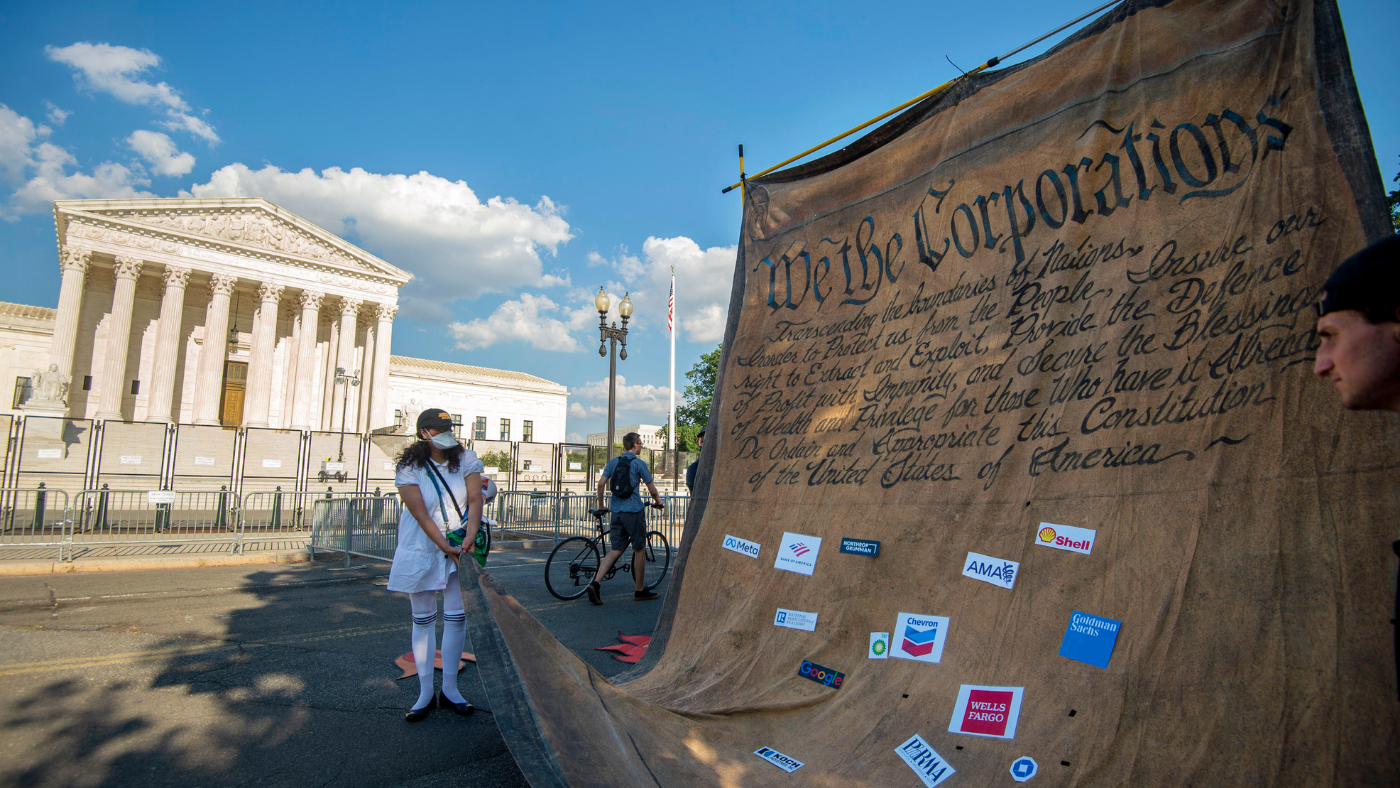
“This court has lost legitimacy. They have burned whatever legitimacy they may still have had after their gun decision, after their voting decision, after their union decision. They just took the last of it and set a torch to it with the Roe v. Wade opinion.”
Appearing on ABC News’ This Week programme, Senator Elizabeth Warren echoed criticisms voiced by fellow politicians, lawyers and campaigners after the US Supreme Court overturned the landmark 1973 ruling on abortion.
As millions of women across America face losing their right to terminate pregnancies, many are also questioning whether the court is fit for purpose.
The Week
Escape your echo chamber. Get the facts behind the news, plus analysis from multiple perspectives.

Sign up for The Week's Free Newsletters
From our morning news briefing to a weekly Good News Newsletter, get the best of The Week delivered directly to your inbox.
From our morning news briefing to a weekly Good News Newsletter, get the best of The Week delivered directly to your inbox.
The court’s power
The Supreme Court dates back to 1789 and is the highest court in the US. As “the final arbiter of the law”, it acts as both “guardian and interpreter” of the national Constitution, according to the court’s official website.
Most Americans are now “used to US Supreme Court rulings that bring big changes to American life”, said The New York Times’ German Lopez. These landmark rulings include the ending of racial segregation of students in public schools, in 1954; and the extension of the right to same-sex marriage to all US states, in 2015.
But the court’s power “is strange in a global context”, wrote Lopez. The “highest-level courts in other rich democracies” tend to “face sharper limits on their decisions”. By contrast, the US Supreme Court’s structure “allows for few checks on the justices’ power”.
A ‘transformed’ court
A free daily email with the biggest news stories of the day – and the best features from TheWeek.com
The overturning of Roe v. Wade was evidence of “the historic reverberations of Donald Trump’s one term in the Oval Office”, said Bloomberg.
Although there is no specification about how many justices can sit on the court at one time, that number has stayed at nine since 1869, according to Britannica. Justices are appointed for life and when a seat is vacated – owing to death or retirement – the sitting president has the power to appoint the replacement.
America’s 46th President “transformed” the Supreme Court, said The New Yorker. Trump appointed three justices during his four years in office, creating “a six-member conservative majority”.
His appointments “tipped the scales”, said Bloomberg, but his nominees’ “path to confirmation was anything but conventional”.
In 2016, then Senate Republican leader Mitch McConnell and other Republican representatives in the house blocked then president Barack Obama from filling a Supreme Court seat following the death of Justice Antonin Scalia.
The Republican argued that an appointment shouldn’t be made during an election year, because voters should be given a say by way of choosing the next president. But the same rationale was not applied in 2020, during Trump’s second run at office, when Justice Ruth Bader Ginsburg died.
Trump appointed Amy Coney Barrett, a judge whose record indicated “she would be as reliable a vote on the right of the court as Ginsburg was on the left”, said the BBC.
‘Illegitimate institution’
The day before the ruling overturning Roe v. Wade was handed down, polling giant Gallup published survey results that suggested support for the Supreme Court had hit a record low among the American public. Of more than 1,000 voters quizzed, 75% said they lacked confidence in the institution.
Since the abortion rights decision was published, on 24 June, the Supreme Court has also ruled to weaken the dividing line between church and state and to curb the Environment Protection Agency’s powers. Responding to the latter decision, CNN’s White House reporter Stephen Collinson argued that “the Supreme Court’s conservative majority is a threat to the world”.
Former lawyer Jill Filipovic wrote in The Guardian that the court “should officially be understood as an illegitimate institution – a tool of minority rule over the majority, and as part of a far-right ideological and authoritarian takeover that must be snuffed out if we want American democracy to survive”.
Commentators are now asking whether more rights will be overturned in the coming months. Can changes be made to shift the balance of power? And is the Supreme Court still fit for purpose in modern-day America?
On this episode of The Overview, author and journalist Filipovic, Georgia State University College of Law professor Tanya Washington, and Brigid Kennedy of TheWeek.com share their insights on the US Supreme Court and its future.

Listen to The Overview on Amazon Music
Julia O'Driscoll is the engagement editor. She covers UK and world news, as well as writing lifestyle and travel features. She regularly appears on “The Week Unwrapped” podcast, and hosted The Week's short-form documentary podcast, “The Overview”. Julia was previously the content and social media editor at sustainability consultancy Eco-Age, where she interviewed prominent voices in sustainable fashion and climate movements. She has a master's in liberal arts from Bristol University, and spent a year studying at Charles University in Prague.
-
 Quiz of The Week: 29 November – 5 December
Quiz of The Week: 29 November – 5 DecemberQuiz Have you been paying attention to The Week’s news?
-
 The week’s best photos
The week’s best photosIn Pictures A drive in the desert, prayers with pigeons, and more
-
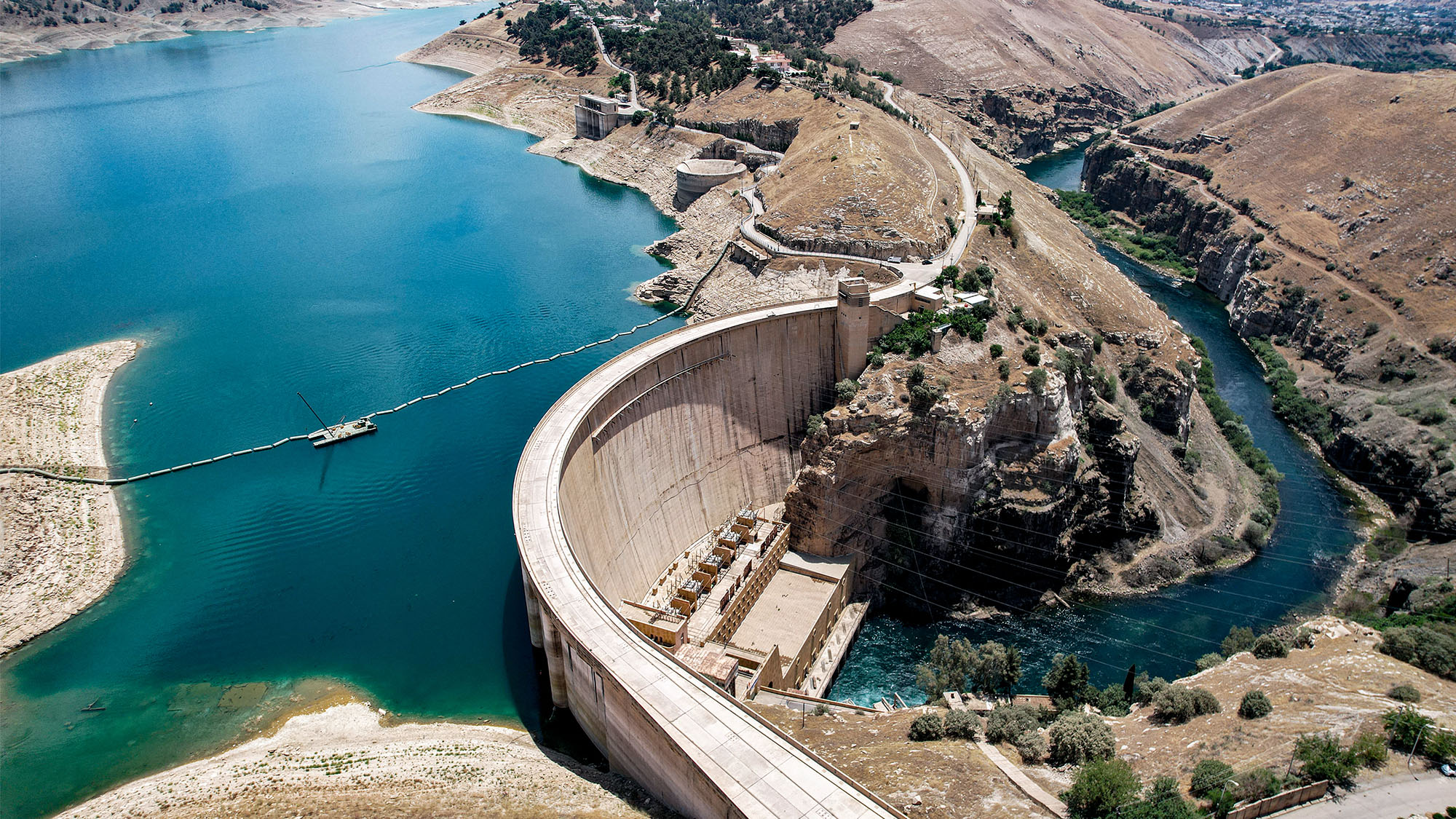 The Week Unwrapped: Will drought fuel global violence?
The Week Unwrapped: Will drought fuel global violence?Podcast Plus why did Trump pardon a drug-trafficking president? And are romantic comedies in terminal decline?
-
 Trump pardons Texas Democratic congressman
Trump pardons Texas Democratic congressmanspeed read Rep. Henry Cuellar was charged with accepting foreign bribes tied to Azerbaijan and Mexico
-
 ‘It is their greed and the pollution from their products that hurt consumers’
‘It is their greed and the pollution from their products that hurt consumers’Instant Opinion Opinion, comment and editorials of the day
-
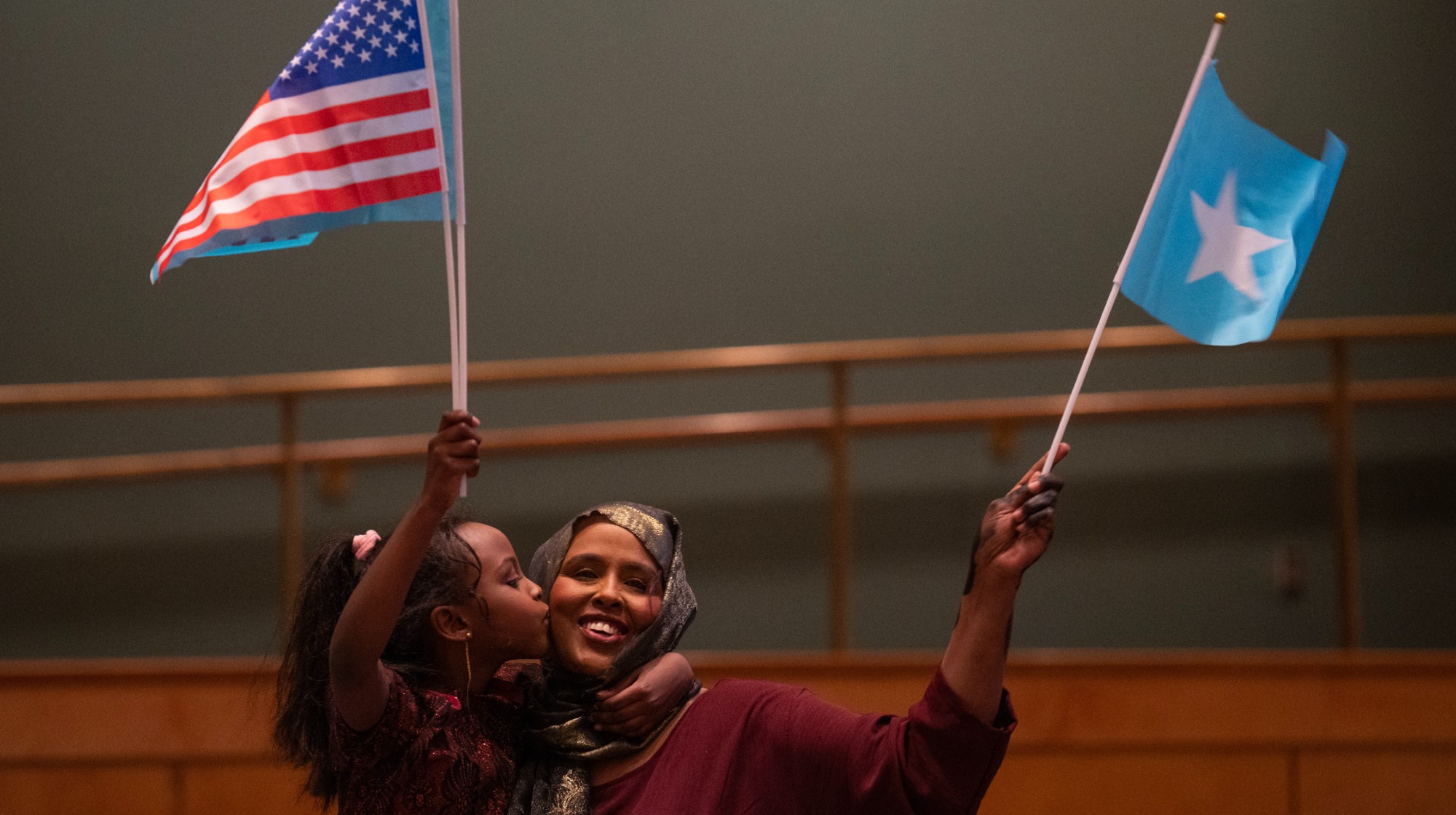 Trump targets ‘garbage’ Somalis ahead of ICE raids
Trump targets ‘garbage’ Somalis ahead of ICE raidsSpeed Read The Department of Homeland Security will launch an immigration operation targeting Somali immigrants in the Minneapolis-St. Paul area
-
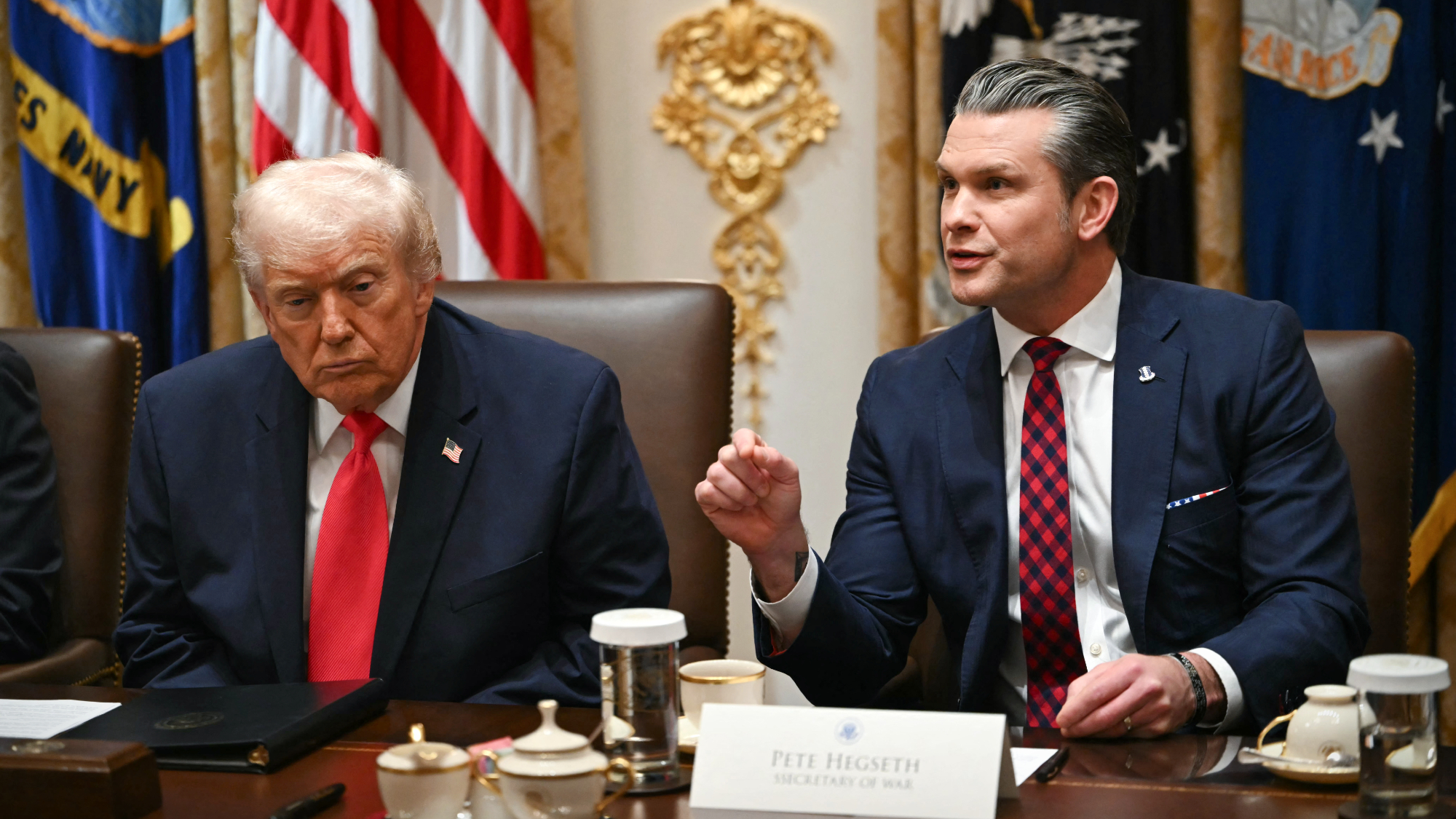 Hegseth blames ‘fog of war’ for potential war crime
Hegseth blames ‘fog of war’ for potential war crimespeed read ‘I did not personally see survivors,’ Hegseth said at a Cabinet meeting
-
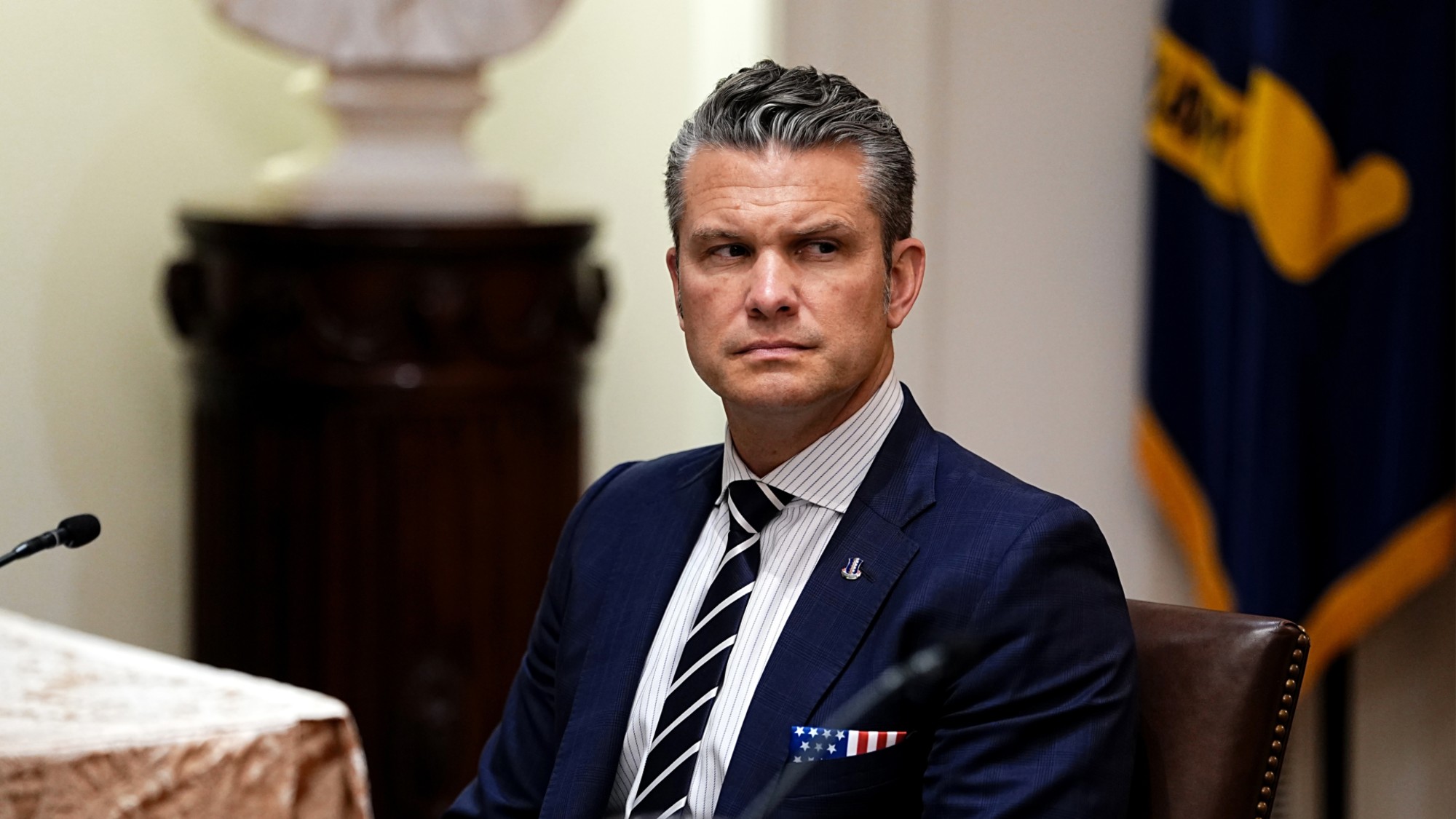 ‘It’s critical that Congress get involved’
‘It’s critical that Congress get involved’Instant Opinion Opinion, comment and editorials of the day
-
 Appeals court disqualifies US Attorney Alina Habba
Appeals court disqualifies US Attorney Alina HabbaSpeed Read The former personal attorney to President Donald Trump has been unlawfully serving as US attorney for New Jersey, the ruling says
-
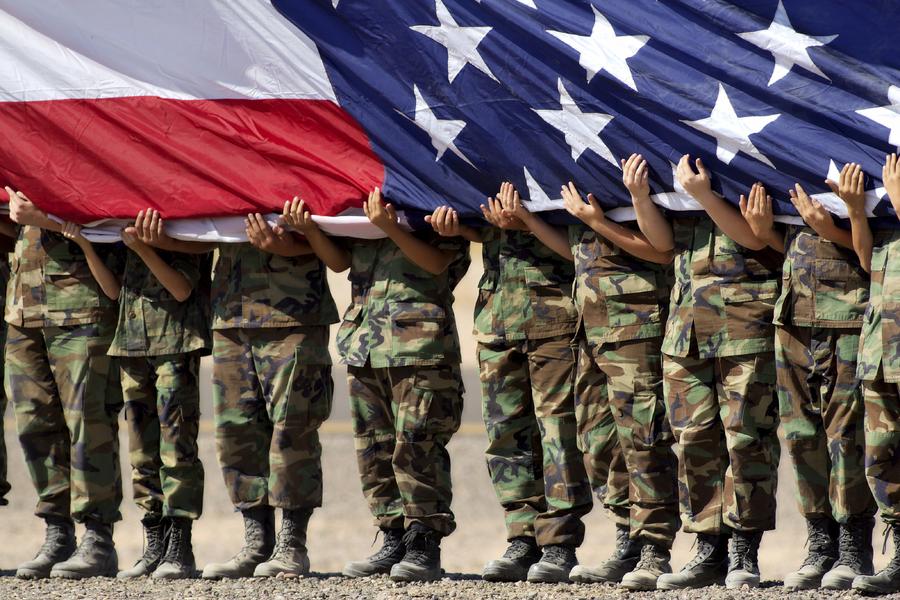 The military: When is an order illegal?
The military: When is an order illegal?Feature Trump is making the military’s ‘most senior leaders complicit in his unlawful acts’
-
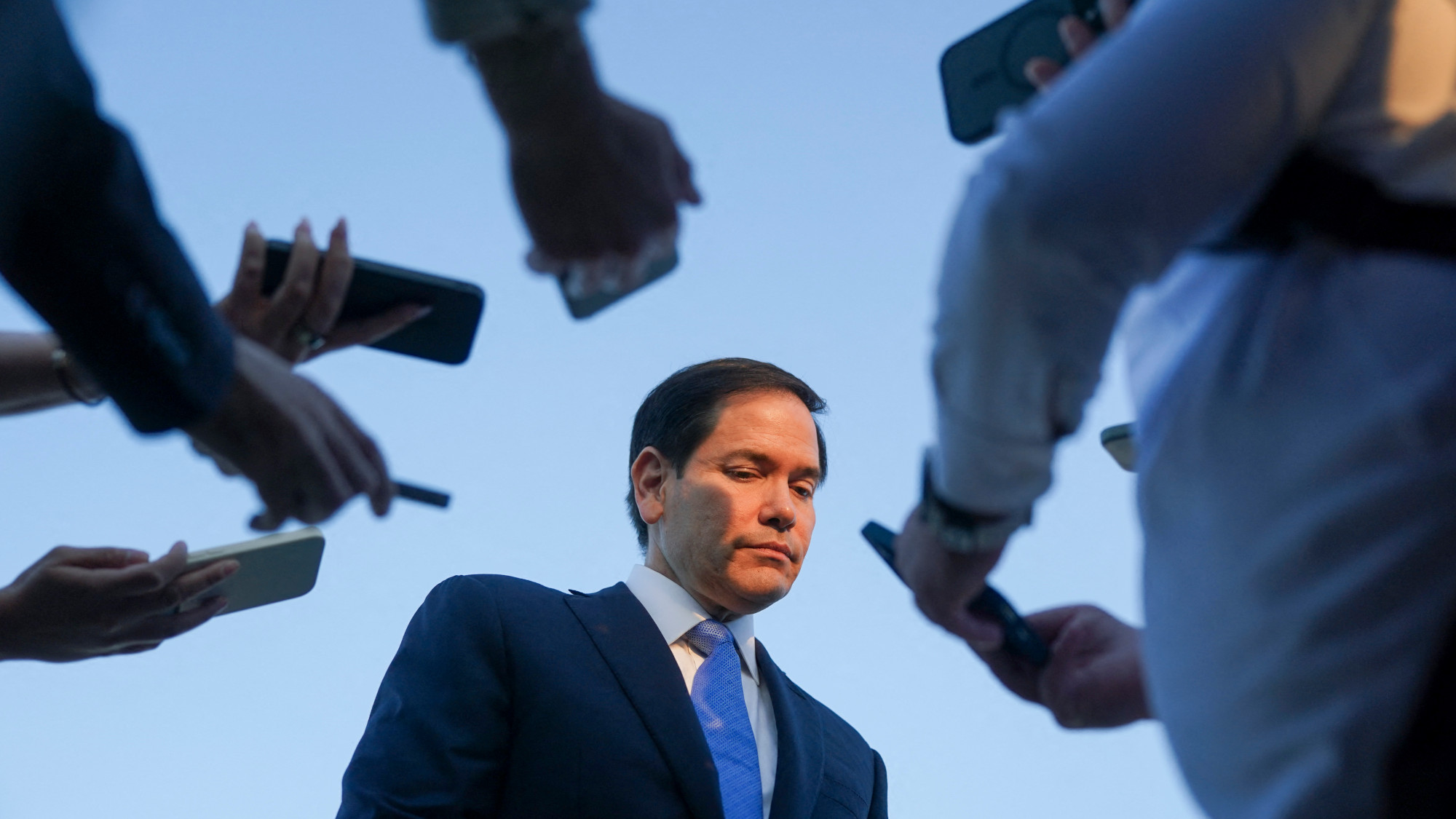 Ukraine and Rubio rewrite Russia’s peace plan
Ukraine and Rubio rewrite Russia’s peace planFeature The only explanation for this confusing series of events is that ‘rival factions’ within the White House fought over the peace plan ‘and made a mess of it’